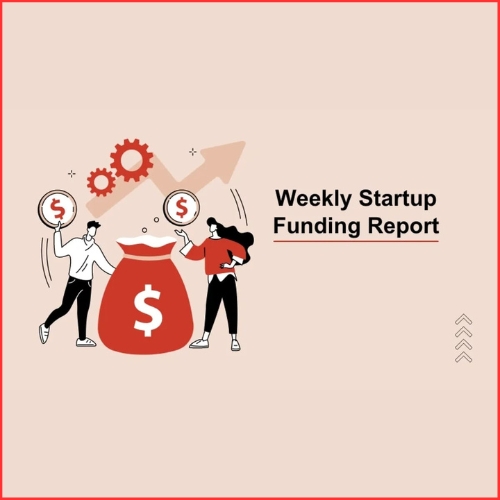Asian stocks started the week with caution as investors awaited China’s industrial and retail data, and speeches from U.S. Federal Reserve officials to support market pricing of rate cuts this year. On Monday, S&P 500 futures and Nasdaq futures eased 0.1% in early trade after a report on Friday showed that U.S. consumer sentiment slumped to a six-month low in May, and long-term inflation expectations jumped to the highest level since 2011. In emerging markets, the Turkish lira sank to a two-month low, while the Thai baht rallied almost 1% following their respective weekend elections.
Asian-Pacific Shares and Japanese Stocks
On Monday, the MSCI index of Asia-Pacific shares outside of Japan fluctuated between gains and losses before finishing up 0.1%. By defying the trend and rising 0.5%, the Nikkei in Japan capitalised on the positive earnings season sentiment.
China’s Blue-chip Index and Hang Seng Index
After falling 2% last week, China’s blue-chip index was unchanged in early trade, while Hong Kong’s Hang Seng index increased 0.3% after taking a 2.1% beating. China’s central bank rolled over maturing medium-term policy loans on Monday, keeping interest rates unchanged, despite disappointing data that fueled concerns about a global slowdown last week. Tuesday’s data on China’s retail sales, fixed asset investments, and industrial production are due.
Concerns about China’s Data
China’s recent economic data has been a cause for concern, with poor import, PPI, and loan data being reported. Chris Weston, the head of research at Pepperstone, commented that the significant year-on-year improvement should not be unexpected as the growth is measured against a stagnating economy that was in lockdown. Weston added that the market’s movements are highly dependent on China’s economic growth.
Speeches from Fed Officials
Federal Reserve officials are scheduled to speak this week, with the Chairman Jerome Powell set to take the stage on Friday. These orations may stir up significant interest that could lead to further consequences. The markets still consider this as the highest point for Fed funds rates and are currently pricing in a reduction of 70 basis points by year-end, following the release of the CPI and PPI data last week, which strengthened the argument for the Fed to pause due to a deceleration in inflation. Federal Reserve Governor Michelle Bowman proclaimed on Friday that if inflation persists, the US central bank will likely need to elevate interest rates.
U.S. Dollar and Inflation
Head of International Economics at the Commonwealth Bank of Australia, Joseph Capurso, posits that the durability of United States inflation may eliminate the pricing for the near-term cuts to the Funds rate, and this will contribute to the convalescence of the dollar in the imminent months. On Monday, the US dollar was in close proximity to a five-week pinnacle against notable competitors, and this was an expansion of its best weekly surge since September from the previous week. Ultimately, it was recorded to be at 102.64, after its meteoric rise of 1.4% last week because of worldwide growth apprehensions.
Uncertainty About Lifting the U.S. Debt Ceiling
Investors exhibit apprehension regarding the elevation of the U.S. debt ceiling and the resurgence of bank-related concerns. The President of the United States, Joe Biden, is anticipated to engage in discussions with Congress leaders on Tuesday to deliberate the raising of the country’s debt limit and evade an unprecedented default. Heightened anxiety surrounding Congress’ failure to increase the debt ceiling within the stipulated time has resulted in substantial anomalies in the short-term yield curve. This has caused investors to abstain from bills maturing when the Treasury’s resources are at risk of depletion and, instead, channel their resources into alternative offerings.














